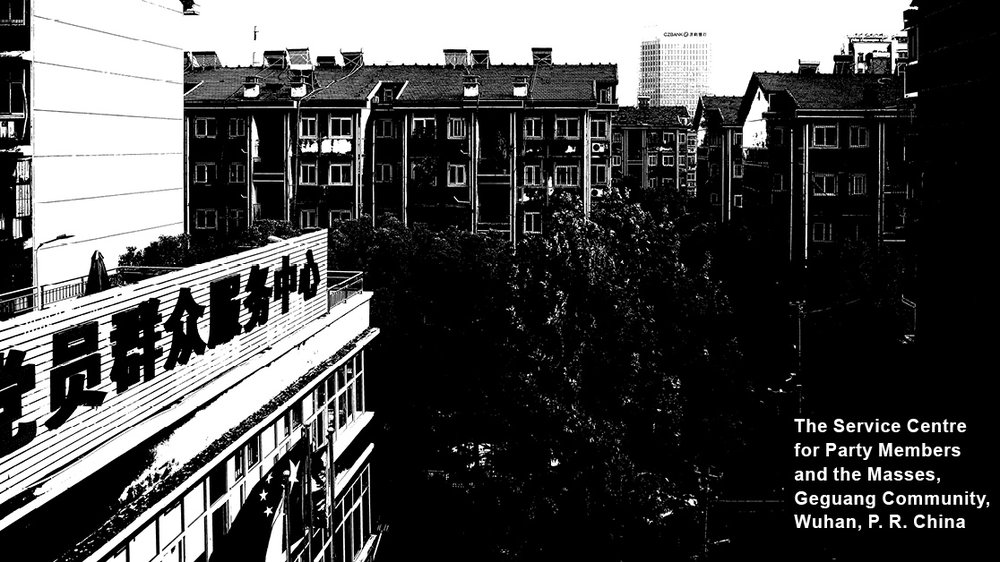
This research examines how social projects, spaces and realities shape three contexts critical to understanding urban design and planning in China: modes of governmentality; the history of collective spatial development models in relation to current community development; and socio-spatial changes in urban and rural developments.
This comparative analysis of community developments in China aims to investigate how a national collectivisation in the 1950s created rural people’s commune and urban work-unit systems that laid the foundations for today’s urban problems. Their socio-spatial design, despite extensive policy reforms since 1978, continue to control access to public infrastructures and services, but has also created resilient governance and community-building models.
The effects of spatial transformations of governmentality are little researched by urban designers and require a new interdisciplinary approach that offers alternatives to Western-centric theory and practice. This is of global relevance, including to the UK and its new community-led developments.
Funded by the British Academy – Tackling the UK’s International Challenges 2017